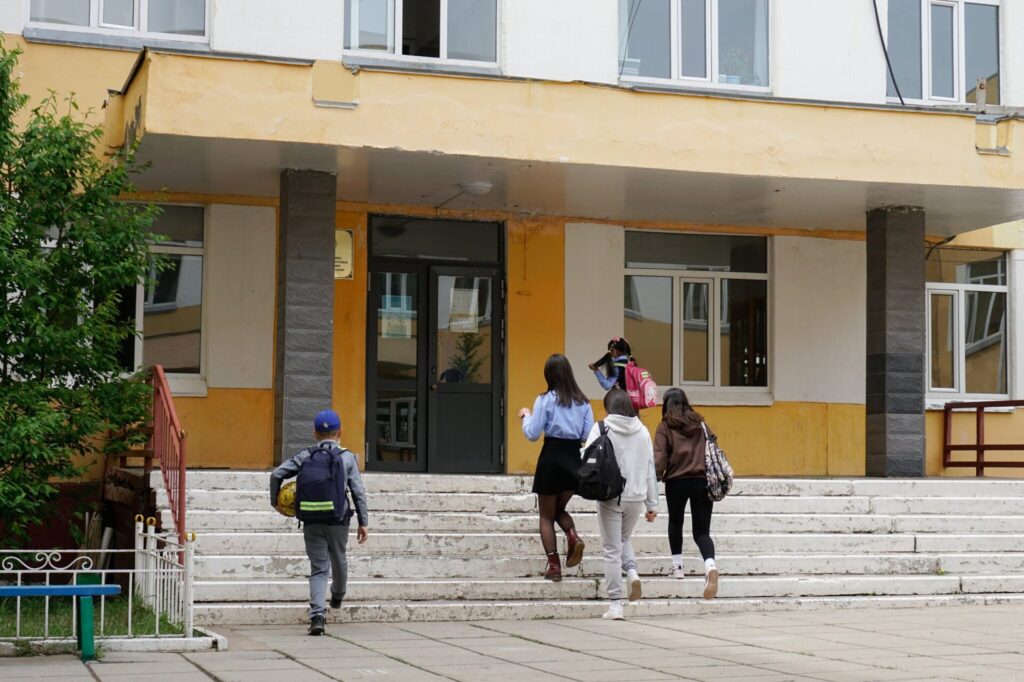During the first week of June, Hepatitis Free Mongolia, Phase 2, screened 2,236 high school students aged 15-18. This remarkable feat was accomplished remotely from our office in Ulaanbaatar. In a true test of the Hepatitis Coordinator model we were able to utilize the system created over the last few years to screen the students. Most students in rural Mongolia stay in dormitories in the soum centers (center of the county). Each province (aimag) in Mongolia is divided into Soums or counties. Every soum has a center. These centers include a primary care clinic, a school, and resources like stores, government offices, a post office, etc. Early in the Phase 2 project, we left rapid hepatitis B and C tests with each soum (primary care) clinic. As a key aspect of the project, we also trained social workers and healthcare workers in every soum center and clinic to be Hepatitis Coordinators. Hepatitis Coordinators were taught to work with the community to direct them to testing and treatment as needed. From our office in Mongolia’s capital city, Ulaanbaatar, 565 km from the capital of Sukhbaatar province, we coordinated the Hepatitis Coordinators, schools, and clinics to test all 2,236 secondary school students over age 15. While the prevalence of hepatitis was extremely low for this age group, our target population is everyone in the province over age 15. To reach the goal of elimination of hepatitis C we must screen 90% of everyone over age 15. This made it essential to test this age group despite its low risk and disease presence. We are incredibly pleased with the ease with which this could be accomplished with the proven success of the Hepatitis Coordinator model.


